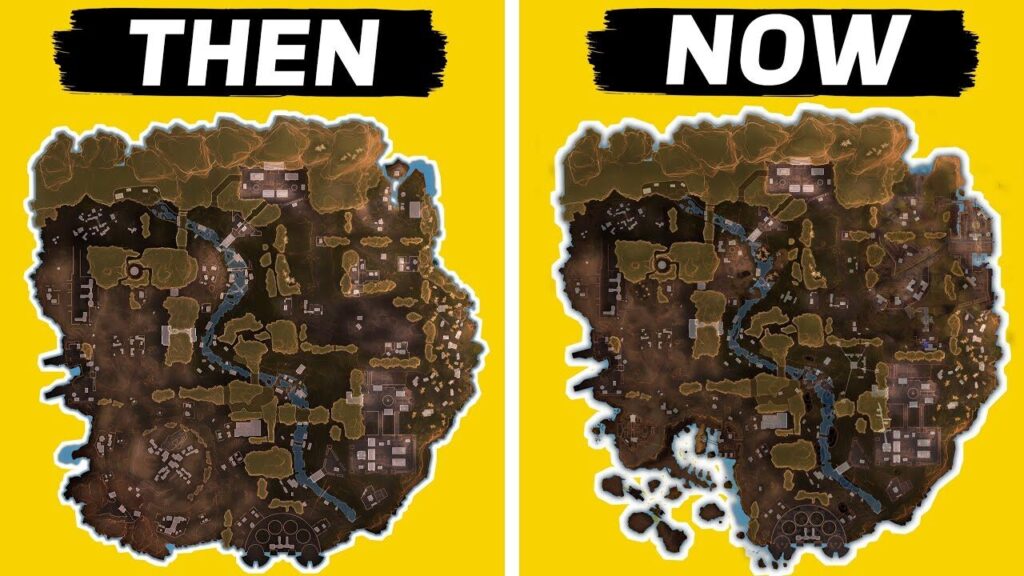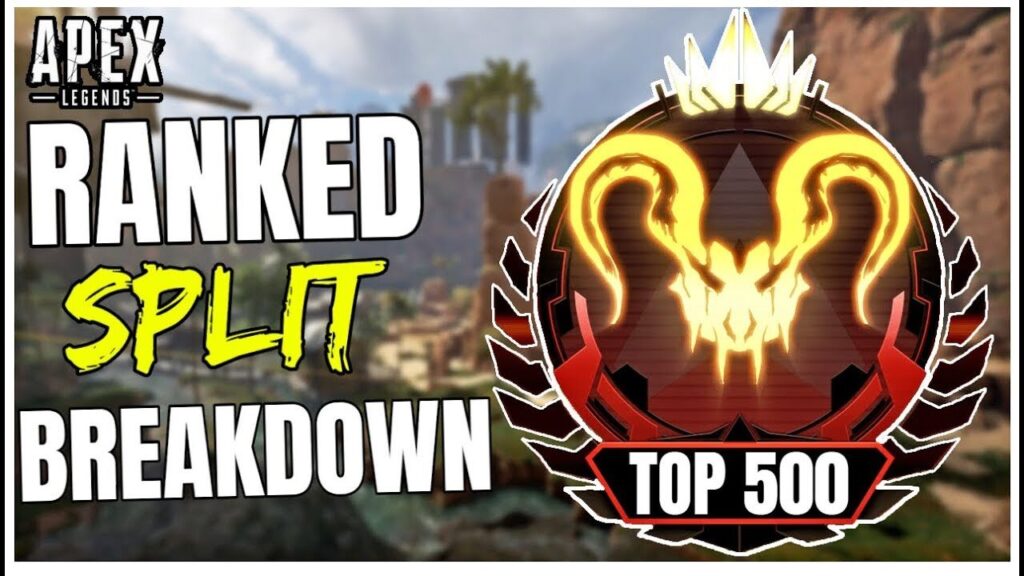Apex Legends Seasons Dates : Few games have maintained a live-service rhythm as steady as Apex Legends. Since Respawn’s surprise release in early 2019, the game’s structure has revolved around defined seasonal cycles — roughly 90-day intervals packed with new Legends, weapons, and map rotations. These Apex Legends seasons dates aren’t just calendar markers; they’ve come to define how players experience the game’s evolution.
Understanding when each season begins and ends is crucial for those who track ranked splits, Battle Pass grinds, or limited-time events. From the early days of Kings Canyon to the arrival of new arenas like E-District, the timeline reveals just how much Apex has transformed — and how consistent Respawn has remained in delivering new content.
The Early Framework – Apex Legends Seasons Dates

When Apex Legends dropped on February 4, 2019, there was no advance notice, no teaser campaign — just an instant entry into the battle royale genre. The Preseason phase lasted a little over a month, during which the game built its foundation with a small set of Legends and weapons.
The first true chapter, Wild Frontier, began in March 2019 and introduced Octane, along with the inaugural Battle Pass. This moment marked the shift from a spontaneous hit to a managed live-service title. Over the next few years, Respawn refined that structure by layering in:
- New Maps (World’s Edge, Olympus, Storm Point, Broken Moon, E-District)
- Core Systems (Ranked Mode, Crafting, Legend Classes)
- Event Rotations (Control, Shadow Royale, Gun Run)
By Season 10, the game’s seasonal format was fully established — consistent release windows, split Ranked resets, and predictable content pacing that allowed both casual and competitive players to plan their grinds.
Apex Legends Seasons Timeline

The table below summarizes the complete Apex Legends season history, including start and end dates, key features, and new content highlights.
| Season Name | Duration | New Legend / Feature | Major Highlights |
|---|---|---|---|
| Preseason | Feb 4 – Mar 19, 2019 | – | Game launch, no Battle Pass or Ranked mode |
| Wild Frontier (S1) | Mar 19 – Jun 18, 2019 | Octane | First Battle Pass, start of structured content |
| Battle Charge (S2) | Jul 2 – Oct 1, 2019 | Wattson | Ranked Mode introduced, L-STAR weapon |
| Meltdown (S3) | Oct 1, 2019 – Feb 4, 2020 | Crypto | World’s Edge map, Charge Rifle, Firing Range |
| Legacy (S9) | May 4 – Aug 3, 2021 | Valkyrie | Arenas mode, Bocek Bow |
| Eclipse (S15) | Nov 1, 2022 – Feb 14, 2023 | Catalyst | Broken Moon map, gifting and stickers |
| Upheaval (S21) | May 7 – Aug 6, 2024 | Alter | Solos return, Exotic Shards system |
| Prodigy (S25) | May 6 – Aug 4, 2025 | Sparrow | Arenas comeback, Pathfinder buff, Bocek returns |
While most seasons align with Respawn’s three-month rotation, a few have lasted longer — notably Meltdown, which extended over 120 days. These longer windows usually signal major internal overhauls or delays related to new maps or system changes.
The Rhythm of Change

Each new season in Apex has served as both a content drop and a soft reset for the game’s ecosystem. Respawn’s approach blends competitive updates with creative experimentation — a formula that keeps the gameplay loop alive.
Legend Cadence: On average, a new Legend appears every two or three seasons. In between, Respawn focuses on systemic balance, such as the Class Rework in Season 16 or the Legend Upgrade system in Season 20.
Map Evolution: The environment has shifted dramatically. World’s Edge introduced vertical gameplay; Olympus brought open mobility with Tridents; and E-District shifted focus to tight, urban close-quarters combat.
Events and Overhauls: From Iron Crown to Post Malone’s collaboration event, limited-time updates inject variety through new modes, Heirlooms, and story-driven cosmetics. These recurring events give players reasons to return beyond the standard seasonal loop.
Together, these systems demonstrate Respawn’s strategy — maintaining a competitive core while evolving the sandbox around it.
Duration Patterns and What Comes Next

On average, Apex Legends seasons last about 88–92 days, giving players three months to progress through the Battle Pass and complete Ranked challenges. The standard structure includes:
- Two Ranked Splits (each roughly 45 days)
- One Major Collection Event (mid-season)
- End-of-Season Patch introducing weapon or balance changes
Some examples of exceptions include:
- Season 3 (Meltdown) – extended to over four months to polish World’s Edge content
- Season 7 (Ascension) – shortened slightly for a holiday release window
- Season 20 (Breakout) – delayed slightly to align with major reworks to the EVO system
As of mid-2025, Season 26 (Rivalry) is expected to continue this quarterly pattern. Players can anticipate the usual formula — a major gameplay tweak, rotating map pool, and competitive reset — as Apex continues its seventh year of updates.
Conclusion: A Six-Year Chronicle of Consistency and Change
Six years after launch, Apex Legends remains a model of consistent live-service execution. The Apex Legends seasons dates not only chart the passage of time but also reflect Respawn’s evolving design philosophy — one that balances innovation with reliability.
From Octane’s adrenaline-fueled debut in Wild Frontier to Sparrow’s tactical precision in Prodigy, each season has carried its own tone and identity. As the game moves toward 2026, the steady three-month cadence and growing world of rotating maps, reworked systems, and evolving Legends ensure Apex Legends continues to stand apart as one of the most resilient and adaptive shooters in the genre.

